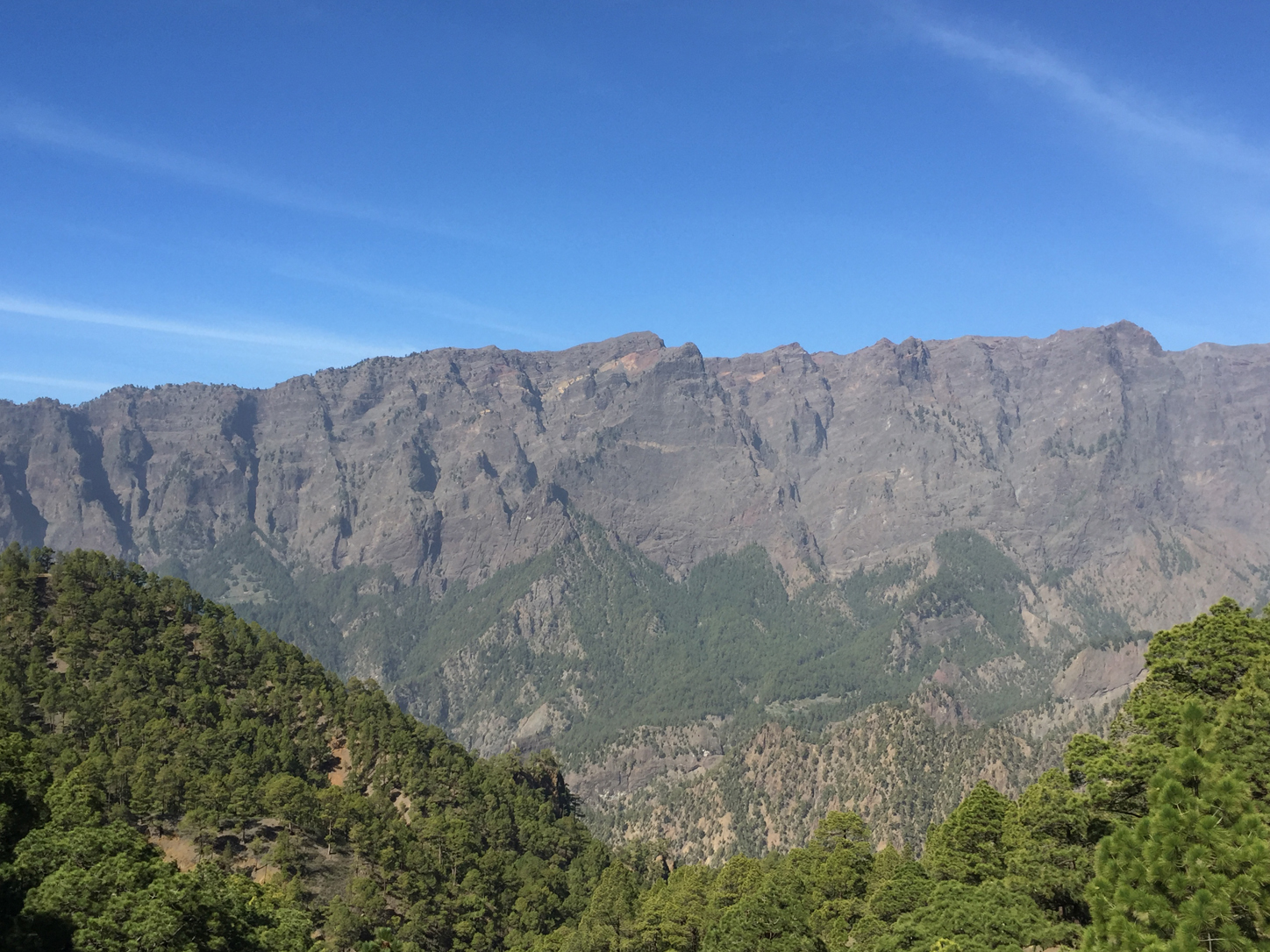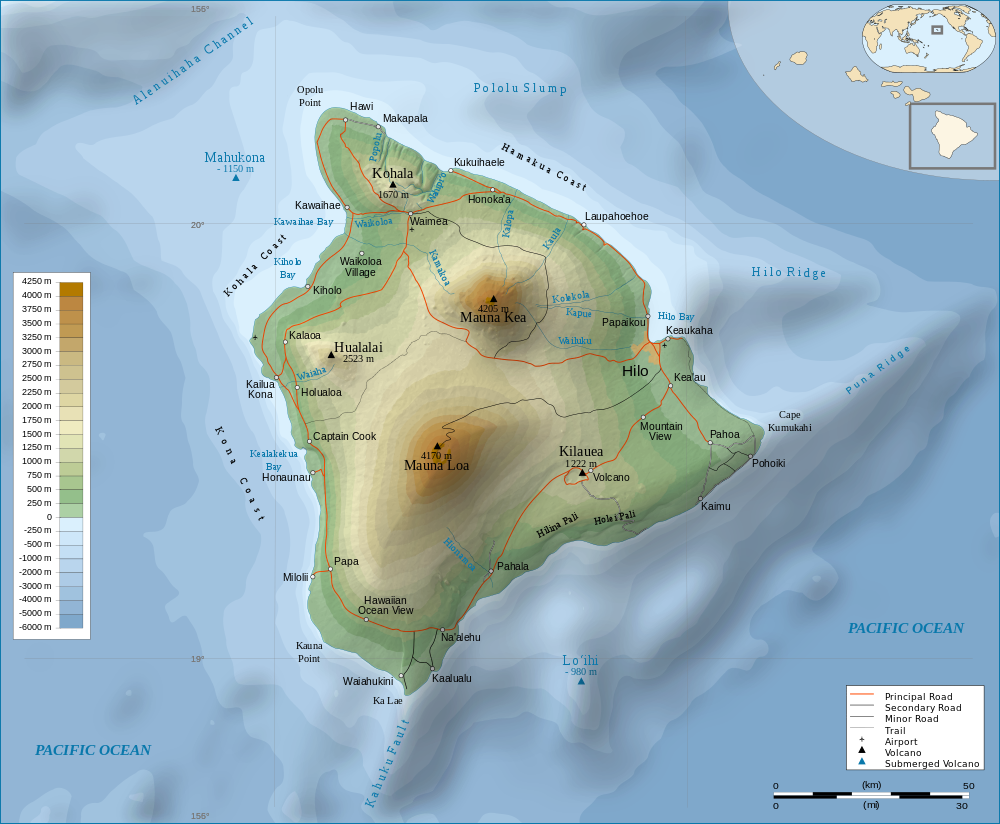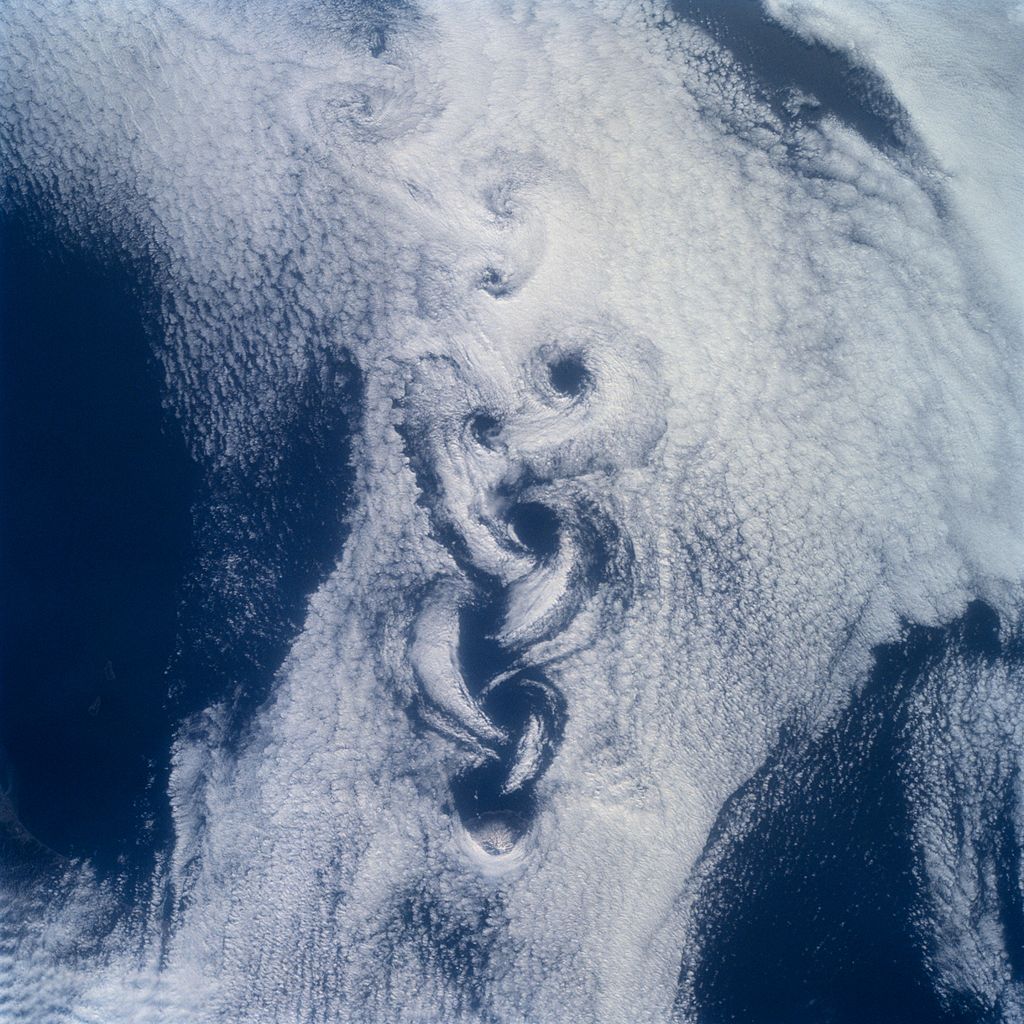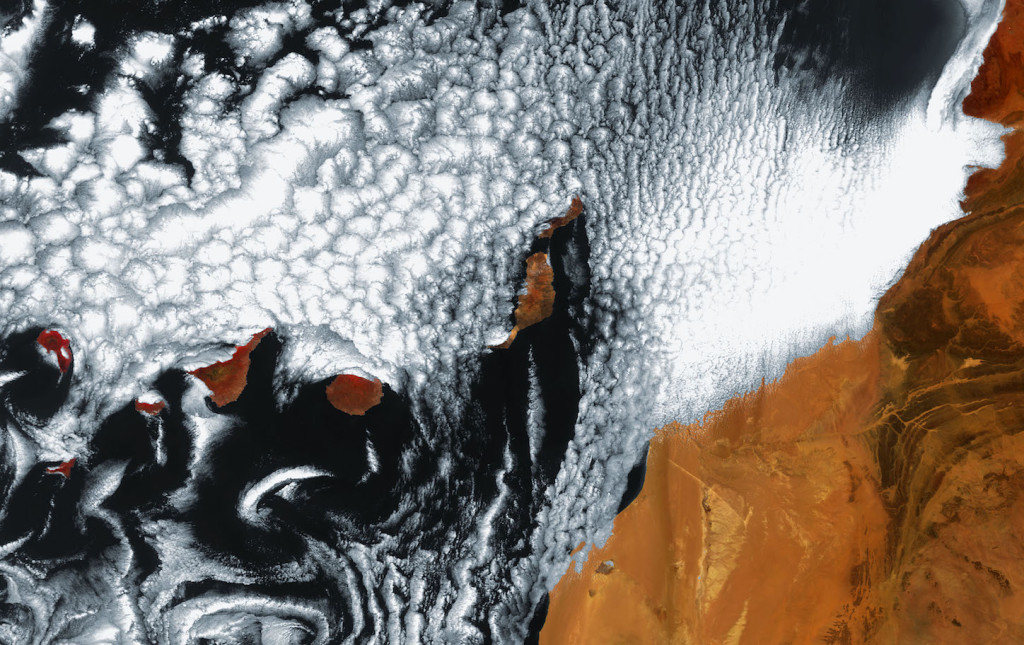
La Palma likes to describe itself as the steepest island in the world. A claim that I assume attracts hikers or those that need to tick off a “top” something list when going on vacation. I believe it got started by a walking guide but it does get repeated in the museum of the Caldera del Taburiente national Park where it caught my attention. Having visited, I can attest it at least has the right to put forward a nomination for the honor.
Driving around the island is quite the hassle. Through several volcanic eruptions separated by tens of thousands of years, it has managed to create a counter where the older eruptions kept the newer eruptions (harder rock) from filling in areas of the island, but then over the next couple of thousand years the old eruptions have eroded away, leaving deep canyons all over the island. Including a massive caldera right in the middle.
To drive a 3 km straight line on a map can take up to half an hour when you have to go up and down a canyon wall. They are not big on bridges, since they have to bridge the gap without using column support and that type of bridge requires quite the budget. So there is a lot of up and down and little gain in forward movement. But does that make it the steepest island in the world?
Certainly big enough to start the cloud forming as the cold north Atlantic wind comes blowing down, but that can be said of several of the Canary islands as evident by the picture and the header. The north west side of all the islands tends to be the wet and green side of the islands.
It comes down to the definition of steep. Using the traditional meaning of the highest point divided by the horizontal distance to the closest coast. La Palma’s highest point, Roque de los Muchachos, is 2,426 meters high and 9,140 meters from a coast or 14.87° degrees steep
So let’s discard the traditional meaning of the steep ratio as there are numerous very small (few meter’s high) islands that have almost vertical walls, making them all the steepest islands in the world as nothing can be steeper than 90°.

But what the locals want to take advantage of is their giant huge caldera in the middle of the island, pictured above. The same one that gave us so much trouble, making us drive 2 hours from the airport to our Airbnb rental. They want you to walk the island in one straight line, coast to coast and count all the ups and downs cumulative, versus the distance traveled. It then becomes hard to argue that La Palma is one very steep island. Even bringing out the big boy of islands, Hawaii (with crossword puzzle creators’ favorite mountain Mauna Kea at 4,205 meters) it can’t beat La Palma for steepness. Even though Hawaii has another mountain above 4,000 meters, Mauna Loa (4,169 meters), traveling the line that travels both peaks takes you on some large ups and downs, but it’s immensity works against it on the steep calculation. It takes only 29 km to walk across La Palma but 128 km to cross both peaks on Hawaii. You can optimize for distance and cut out Mona Loa and replace it with Hualalai at 2,521 meters, but the distance is still 98 km, too vast to compete with La Palma.

All these calculations are done on the visible part of the island. If we start at the bottom of the ocean floor, then Hawaii begins to have a chance. The Canarias lie on the continental shelf making the ocean floor about 3.5 km deep, no match for any of the pacific islands that start around 6 km of depth. Making Mauna Kea higher than Mount Everest.
What about walking Fogo in a straight line? It also has an eroding caldera and a smaller size to boost. The calculations are so close, within decimal degrees of each other, that it’s impossible to declare a winner. The route taken (line chosen) and the smaller valleys and peaks in-between (not calculated by me) start to make a difference, the steepest island could be disputed for centuries.
With the above in mind and the fact that Lot’s Wife Crag and other might not be consider islands by some, my official vote goes to tiny little Rishiri. Not because it might be steeper, but because it creates a vortex in the weather around it. And that as you can see below is just indisputably plain cool.


